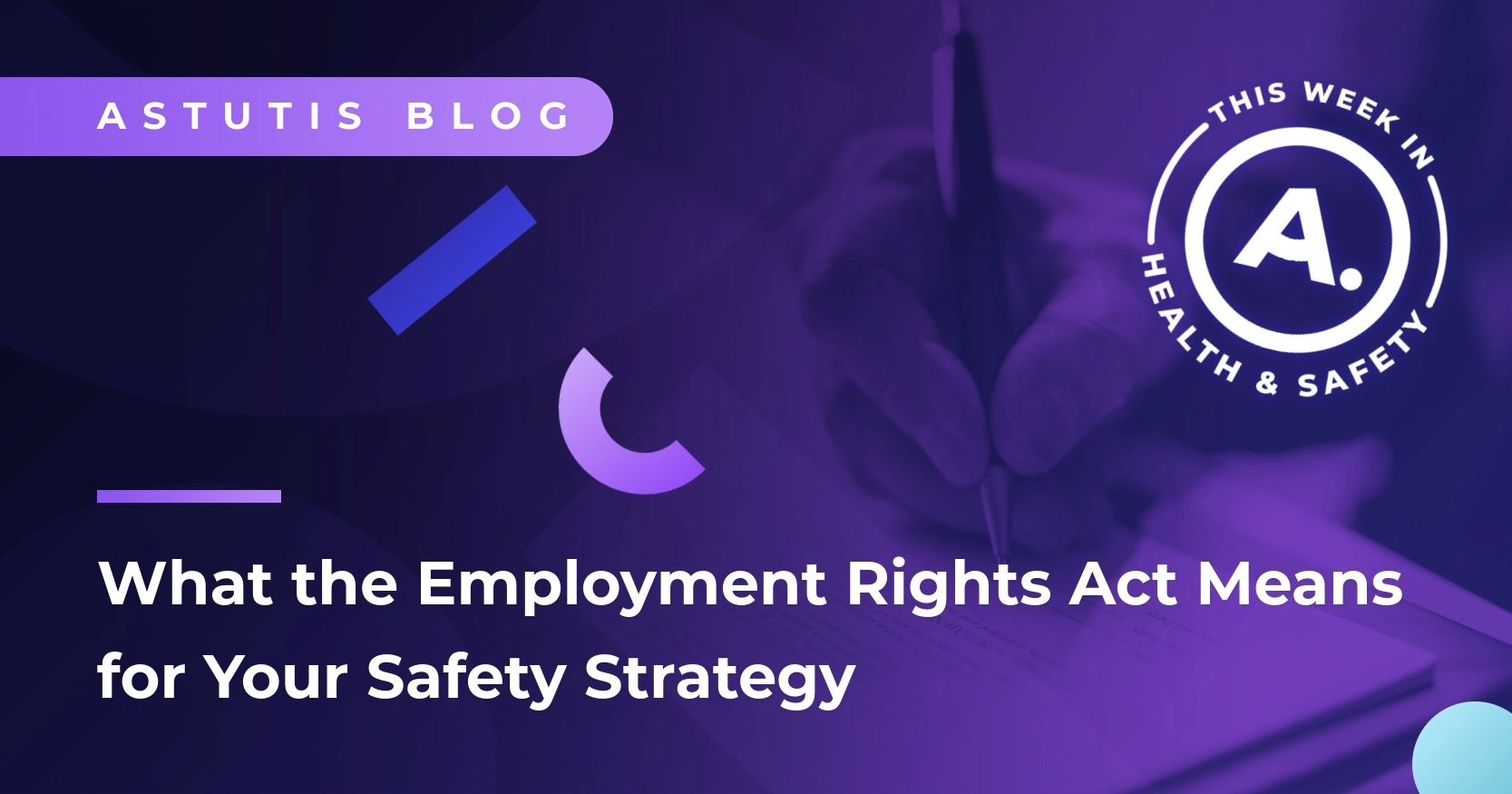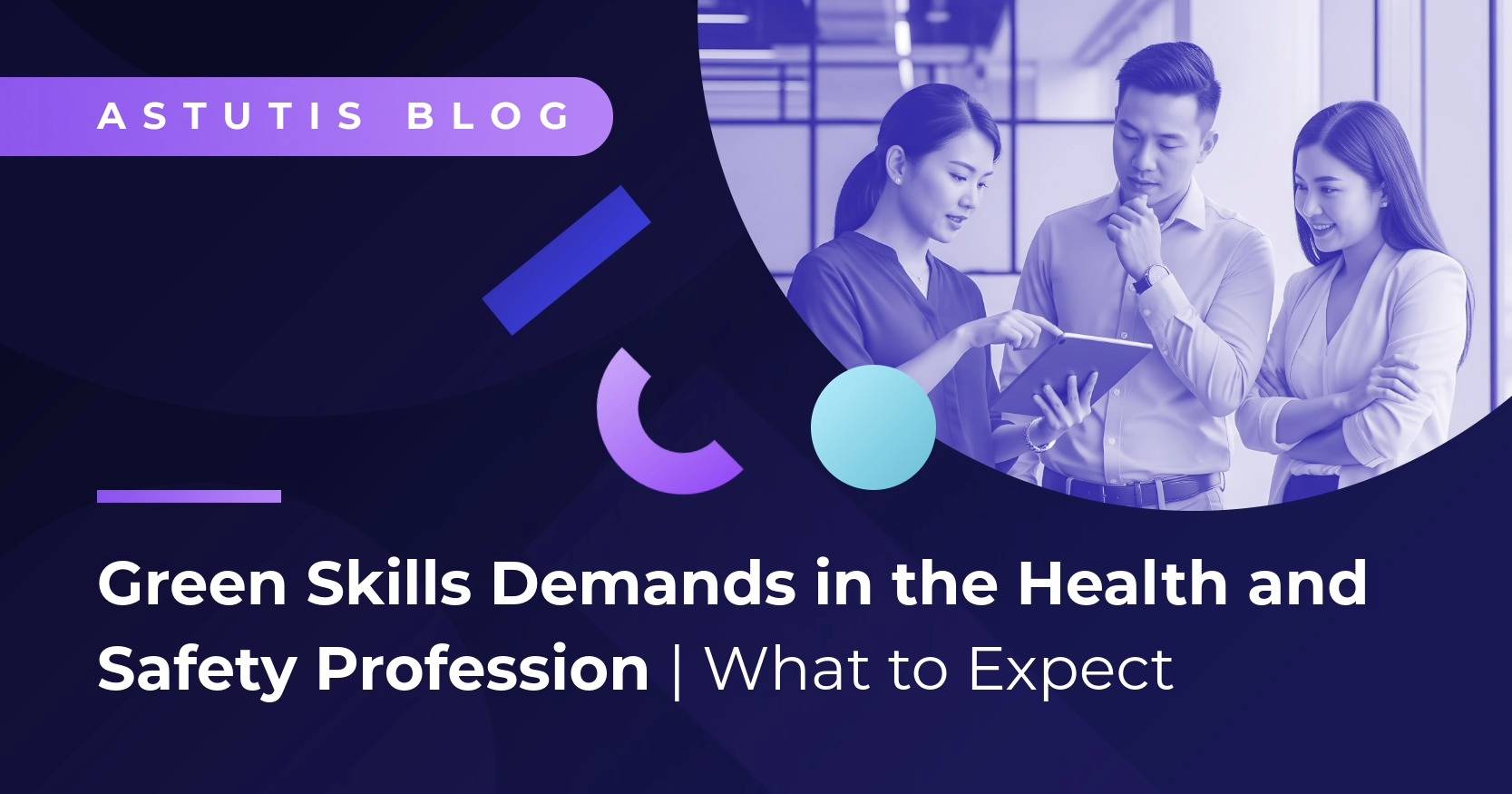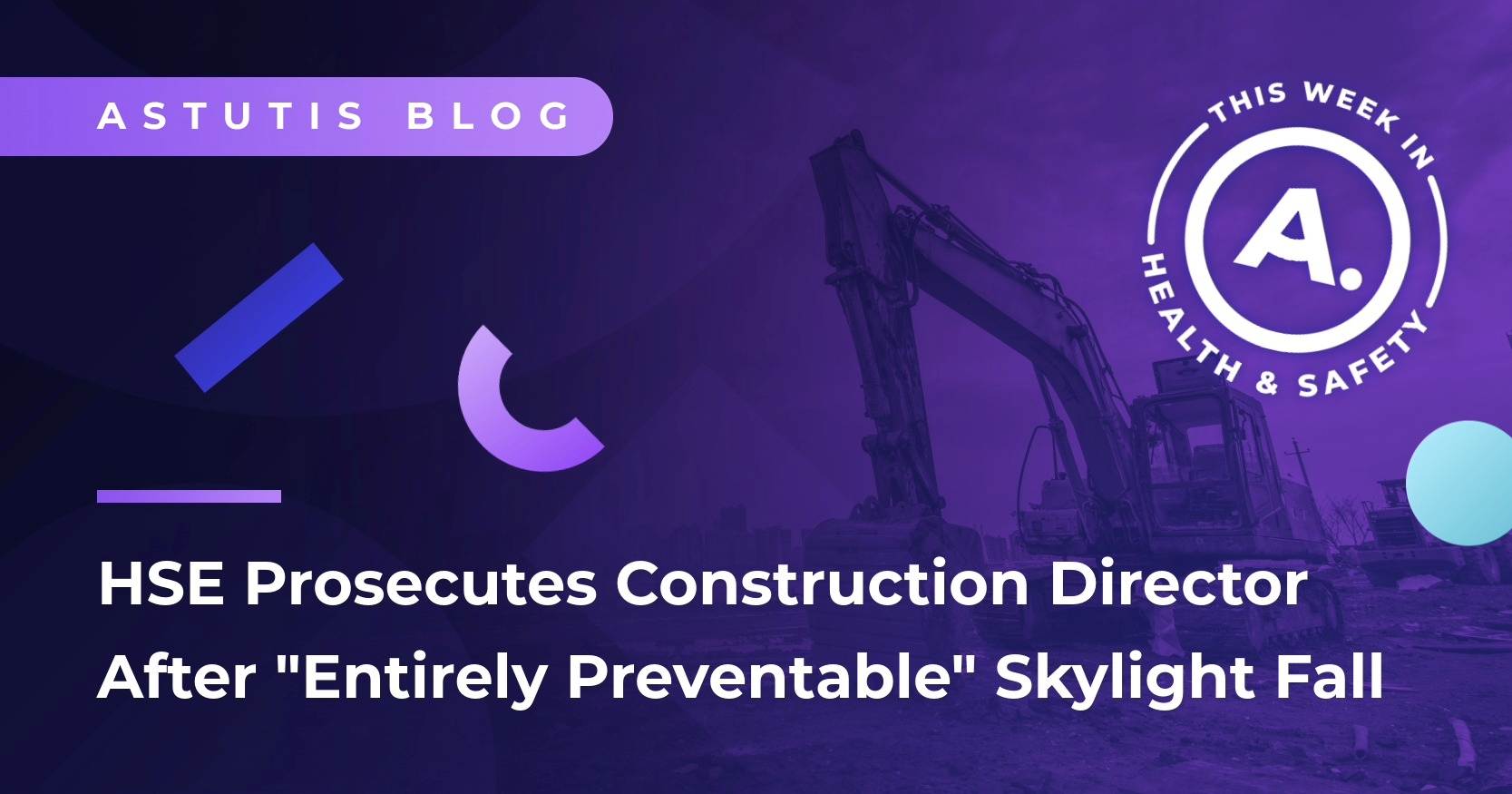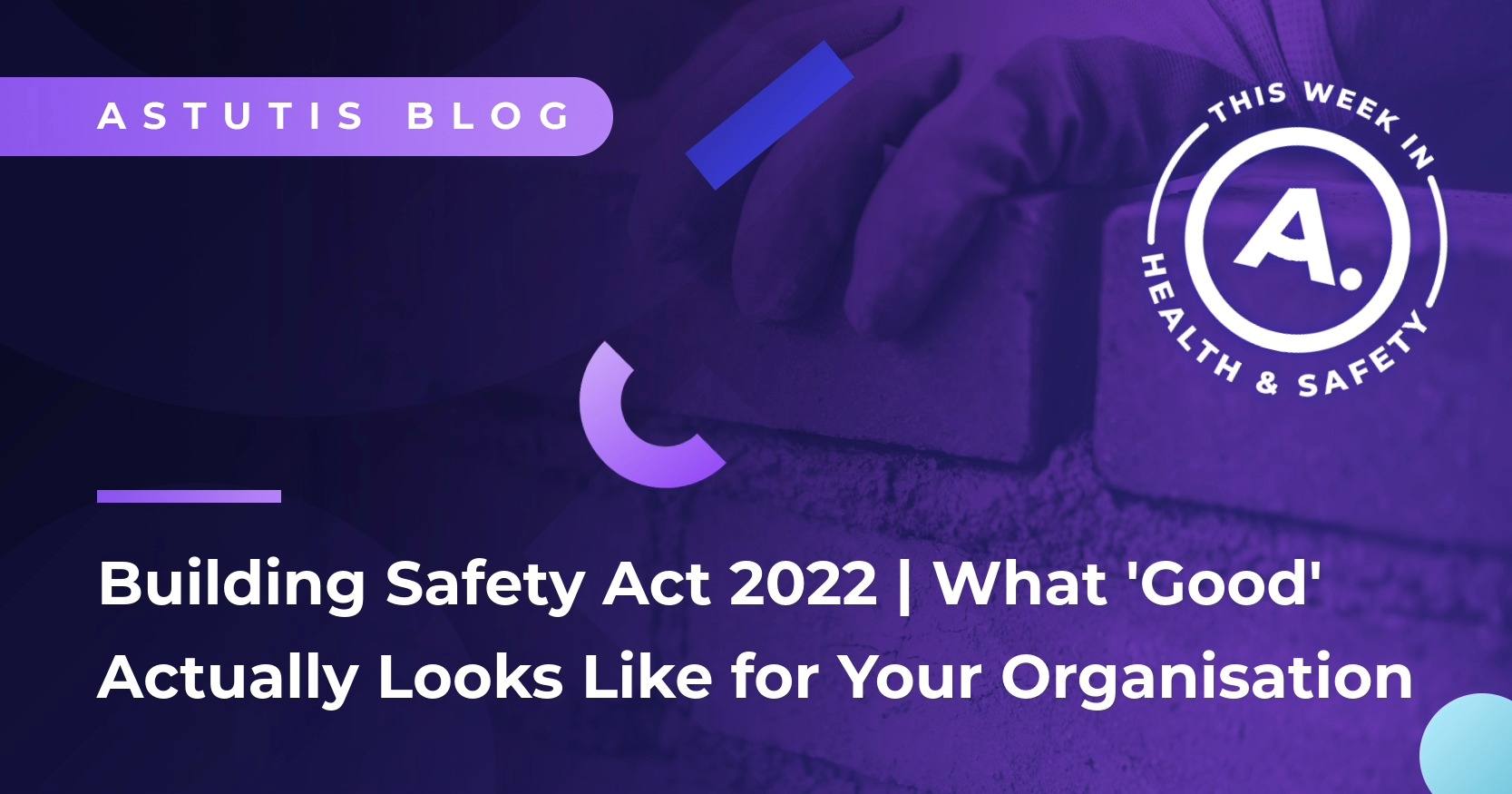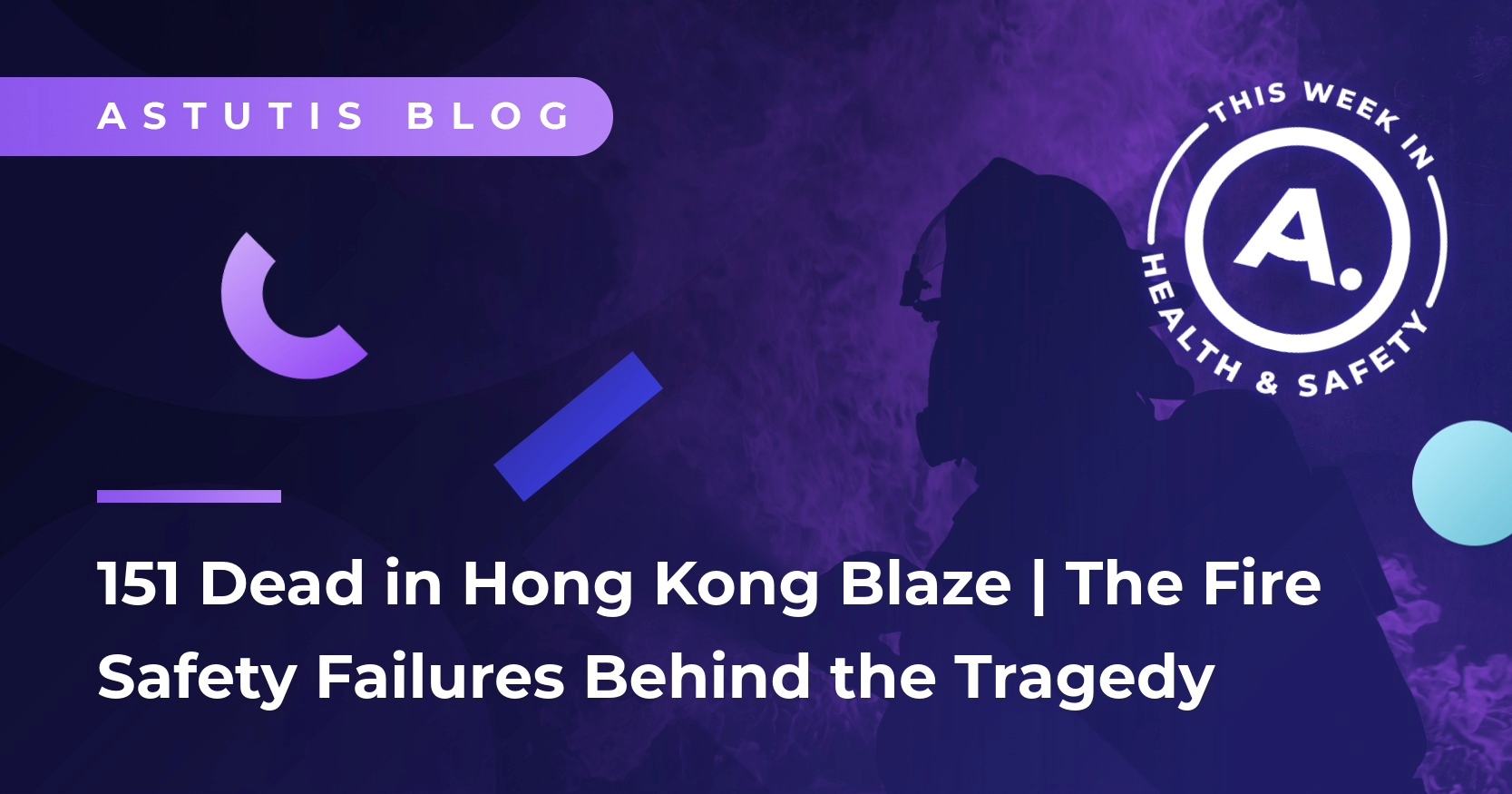Unit NCC2: Construction Health and Safety Practical Application Part 1– The Safety Inspection
Read up on the best ways to develop a secure and professional NCC2 procedure within your place of work. Draw up a practical health and safety plan for your office.
In this part 1 guide to the NCC2 practical we are looking at the safety inspection of a workplace. I should start this blog with (what I think is) a very important comment:
NCC2 is a practical examination which covers the full NGC1 and NCC1 syllabus
That may seem obvious in the context of the journey towards gaining a specialist level 3 health and safety qualification. However, with the experience of marking NEBOSH written and practical examinations over several years, it appears that many candidates are not fully prepared for NCC2, or treat it as a ‘necessary evil’ following the ‘more important’ written examinations. Stick with me on this point and we’ll have a look at how to ensure your NEBOSH expedition has the best chance of success, with a focus on preparing for your NCC2 and the pitfalls to avoid.
As a reminder, the NCC2 brief is:
- To carry out, unaided, a safety inspection of a workplace, identifying the more common hazards, deciding whether they are adequately controlled and, where necessary, suggesting appropriate and cost effective control measures.
- To prepare a report that persuasively urges management to take appropriate action, explaining why such action is needed (including reference to possible breaches of legislation) and identifying, with due consideration of reasonable practicability, the control measures that should be implemented. The report will be covered in part 2.
Are You an Early Starter?
When you are studying units NGC1 and NCC1 it is a good idea to think about how each of the elements might impact on your NCC2. Ask yourself the question “how does the NGC1 and NCC1 subject matter relate to my construction site?”
You will be aware that NCC2 must be completed in your own workplace; therefore you may be able to relate the subject matter in NGC1 and NCC1 to your site, and so through to your NCC2. I’d recommend you make some brief notes for each of the elements in NGC1 and NCC1 whilst you are going along on how the concepts you are studying directly relate to your workplace site. This will help you remember the subject matter for the written exams, but also get you started thinking practically about NCC2!
Example of using the course content in NCC2
For example, NGC1 Element 3 includes the principles and practice of risk assessment, the requirements for first aid, and the role and function of permit to work systems. Taking these in turn, your site will no doubt have plenty of hazards for you to identify (the first step in assessing risk), first aid provision is a mandatory requirement (in all workplaces), and permit-to-work systems are commonly used in construction to control high risks such as entry to confined spaces.
Demonstrating a practical understanding of these subjects is fundamental to success in NCC2, so the earlier you can get to grips with the common terminology in a practical way, the better.
Note: if you do not have access to a suitable construction workplace, you should consult your course provider to help you with your arrangements to carry out the practical application (NCC2) at a suitable premise.
How Observant Are You?
"Very," I hear you say! But of course, it’s sometimes hard to see the wood from the trees. A full range of specific construction site hazards are extensively covered in NCC1 and it is vital that you have a full understanding of how these may be described and controlled.
In completing the ‘Observation’ column, you must clearly outline the hazards (things with the potential to cause harm), and you must focus on the physical conditions and not the policies and procedures.
Example of NCC2 Practical Application to Complete
Classify your hazards into health or safety
A simple way to think about construction hazards is to classify each as either ‘health’ or ‘safety’ hazards:
Health hazards: they can be categorised as physical (e.g. noise, vibration and radiation), chemical (e.g. asbestos, lead, solvents, dust), biological (e.g. leptospirosis, legionella, tetanus), ergonomic (e.g. manual handling, upper limb disorders), or psychosocial (e.g. stress).
Safety hazards: different categories of safety hazards include slipping and tripping, working at height, excavations, fire and electricity, site traffic, construction tools and equipment, lifting operations, and demolition.
You should also consider if there any welfare and environmental problems, and deal with them accordingly. At least 5 different types of hazard must be included, and importantly, please note that credit can only be gained in this section for clearly outlined hazards.
The examiner can award up to 15 marks for the ‘Observations’ column for 20 – 30 uncontrolled hazards that are correctly outlined. It is a good idea to clearly separate and number your hazards so that your work is easy to read. Lastly, although during your inspection you might observe several situations whereby adequate control is achieved, please note that there is only 1 mark available for good practice.
What is Adequate Control?
Longer term actions to control the risk. There are many examples of potential ‘immediate actions’ that might be taken, such as 'clean up spillage and inform supervisor’.The key issue in the ‘Control Measures’ column is to ensure you provide details of what is required to immediately control the risk from each outlined hazard AND to identify the need for
Longer term actions might prove to be a bit trickier to think of. Common responses here (for the spillage risk) might include appropriate supervisor training, regular inspections, investigation of the source of the leak, and best of all, modify the work process to remove the root cause. Again, this is where the NGC1 information is very relevant, particularly your understanding and practical application of a ‘hierarchy of control’. Care should be taken to avoid using generic phrases such as ‘monitor’ or ‘train staff’, without further explanation of what training is necessary or when and by whom should the monitoring be done.
The timescale for your longer-term actions must be realistic. For example, supposing you have identified that ‘supervisor training’ is required, it will need to be planned and organised, which will definitely not happen within the next 24 hours!
A total of 15 marks are available for the identification of control measures and timescales. Please also note that where the hazard is not clearly outlined, examiners cannot award full credit for control measures.
Remember clearly outline the hazard for full control measures.
Final Points to Remember
As demonstrated, the success of your NCC2 is dependent on several factors, starting early and clearly outlining your hazards! Sounds simple enough, doesn’t it? It is, however, please make sure you stick to the brief and remember that you are being examined in a practical way which covers the whole NGC1 and NCC1 syllabus.
Advice for Part 2 of NCC2
NCC2 Part 2 to this blog focuses on the report to management, including a discussion of the requirement to cite legislation and regulations, and persuasive arguments in favour of management action.
Related Blogs

Real Life Stories




